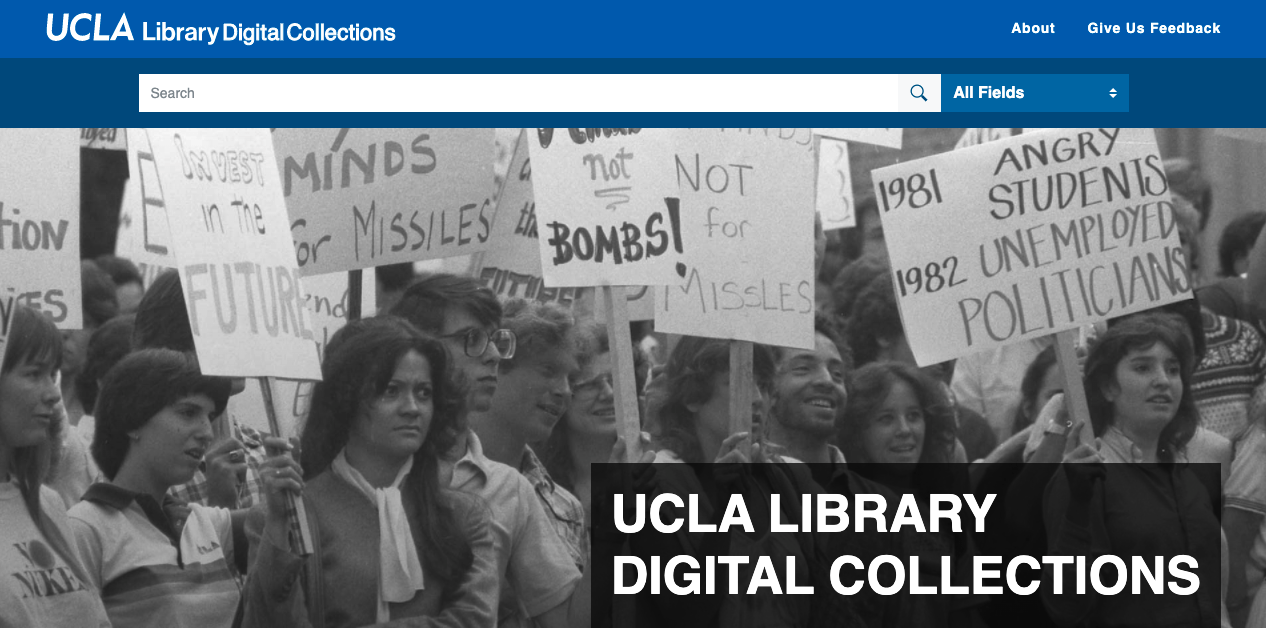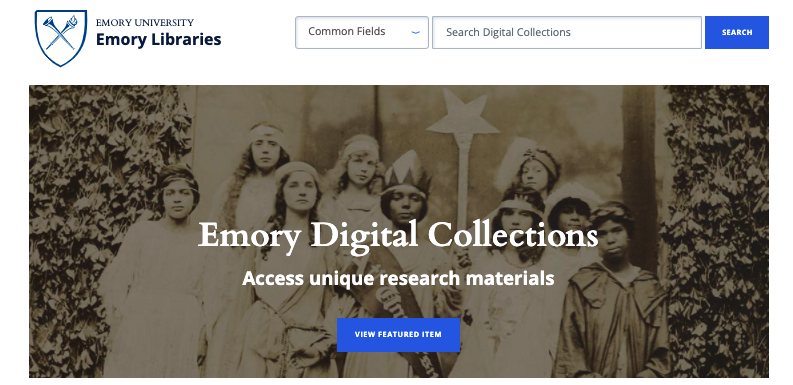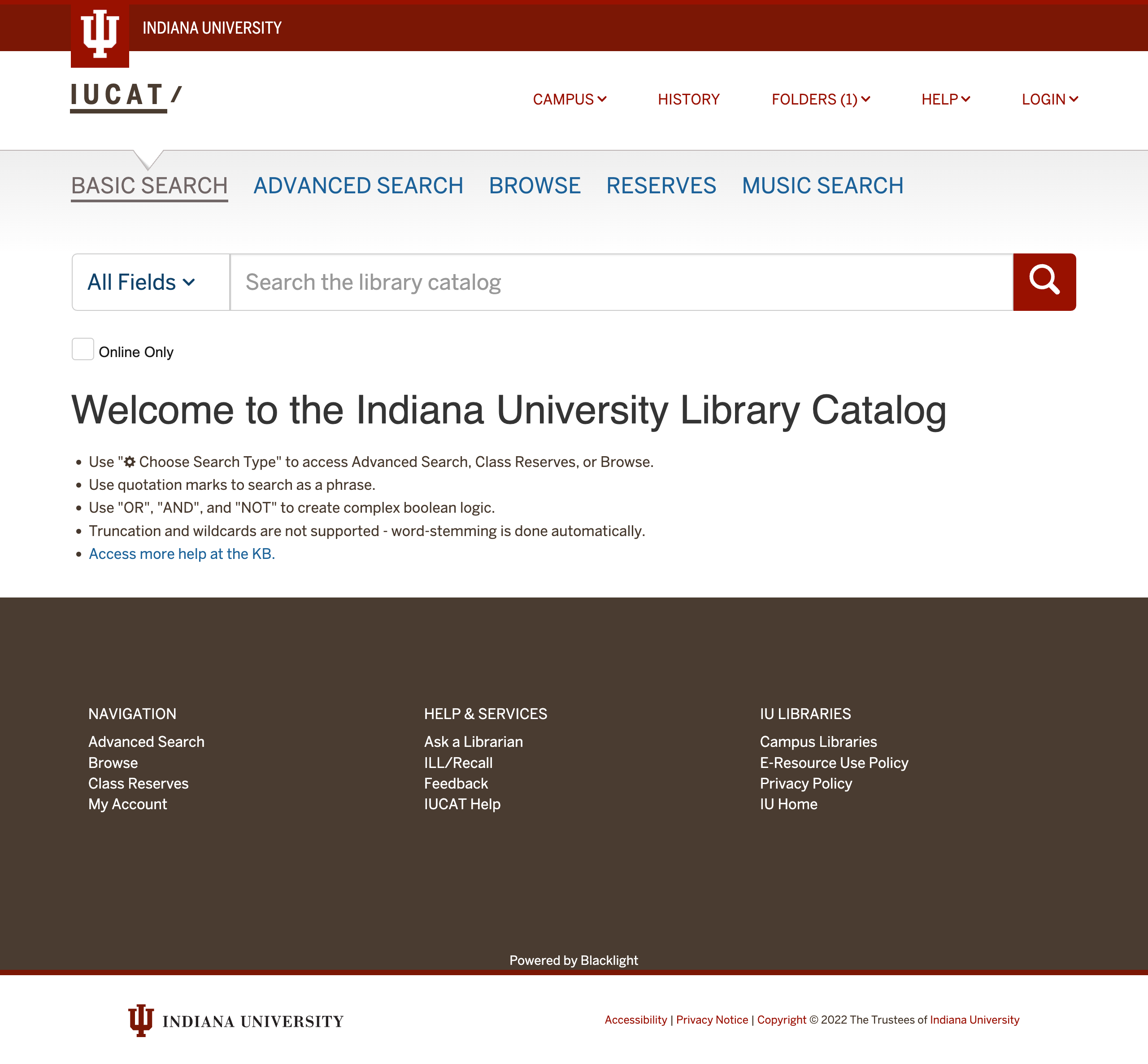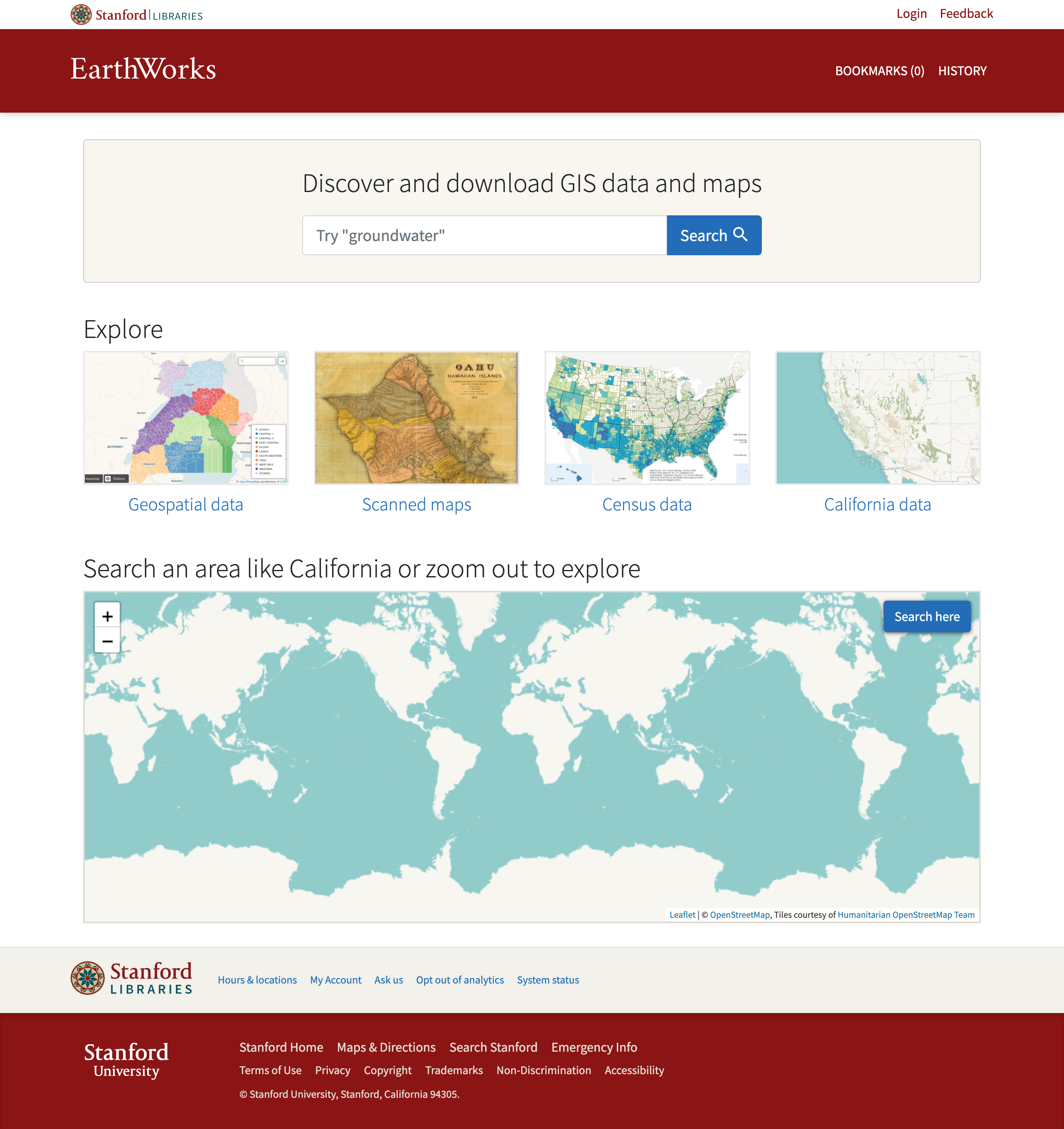Blacklight Applications
Blacklight is an open source discovery and access front-end that can be used with many types of library and archive content. Blacklight provides a common set of search, faceting, and display tools. It provides a user-friendly user interface to search and display any kind of content that can be indexed into a Solr document store. Blacklight is built using Ruby-on-Rails and the code is shared under an Apache open source license. The back-end source system(ILS, repository, or other data stores) will govern the general search, faceting, and display capabilities.
Community-led
We are proud to be members of active open source communities like Samvera, and Project Blacklight which provided the vision and the effort to create open source software in a space dominated by vendors. The University of Virginia initially developed blacklight in 2009 as an answer to the stagnation of development in the online public access catalog (OPAC) domain. The model/view/controller development patterns and ease of custom interfaces for libraries and other institutions were easy to implement. The Blacklight community is even more active today, whether in Slack, Github comments, email threads, and in-person and virtual events. Response times for new questions and answers are timely and helpful.
Blacklight examples
The best part of using Blacklight is the ability to define behaviors for specific kinds of objects. At DCE, we have built many applications using the Blacklight engine for Special Collections and Institutional Repositories, and library Catalogs.
These three examples were co-developed with DCE and their institution's development team and stakeholders.
Digitized and born-digital Special Collections often integrate IIIF for rich interactions with rare and one-of-a-kind items. Yale’s Beinecke Library built a discovery system using Blacklight that allows users to easily search for digitized works cataloged in both their ILS and ArchiveSpace. UCLA Digital Collections created a Special Collection repository featuring works manages in a Hyrax-based back-end repository.

Fig.1 - UCLA Library Digital Collections
Search and discovery interfaces for circulating and non-circulating holdings or catalogs can also use Blacklight. Emory University built a front-end for holdings managed in Alma / Ex-Libris ILS. We helped build this project with a tight timeline because a vendor decommissioned their existing catalog discovery tool.

Fig.2 - Emory Library Digital Collection Homepage
Indiana University built its IUCat using Blacklight to provide a clean and functional user facing catalog search and browse experience integrated with its ILS.

Fig.3 - Indiana University Library Catalog
Common use cases
An institution may have various library systems that they want to consolidate into one user interface. This interface is called a federated search, and it is often across the Catalog, Special Collections, and Institutional Repository content including research and datasets. Stanford created SearchWorks to gather all their public access resources into one view.
Besides just Catalogs or Special Collections, institutions can add plugins tailored to different types of content.
GeoBlacklight is one such plugin. It helps display geospatial data in an easy-to-use interface. Some examples of GeoBlackight:

Fig.3 - Stanford University Earthworks Catalog
Stanford University saw that they could extend Blacklight to curators and their institution's extensive collections. They created a digital exhibit plugin (Spotlight) to provide customizable tools for narrative, context, and content curation. Here are two examples of Spotlight instances:
A list of other popular plugins for Blacklight:
- Advanced Search - advance search plugin
- ArcLight - supports discovery layer of archive materials
- Warclight - discovery layer of web archives
- blacklight_range_limit - Range facet/limit plugin for Blacklight
- blacklight_oai_provider - OAI Provider Plugin for Blacklight
- blacklight-maps - Map search results view for Blacklight
Summary
Blacklight provides a flexible way for users to interact with library, archive, and related content. DCE has implemented Blacklight for a variety of projects, including Tenejo. We’re grateful to be part of such an innovative community that welcomes new members interested in contributing to better access catalogs.
Are you interested to learn more about Tenejo? Let's chat. Check out the links below or shoot me an email.